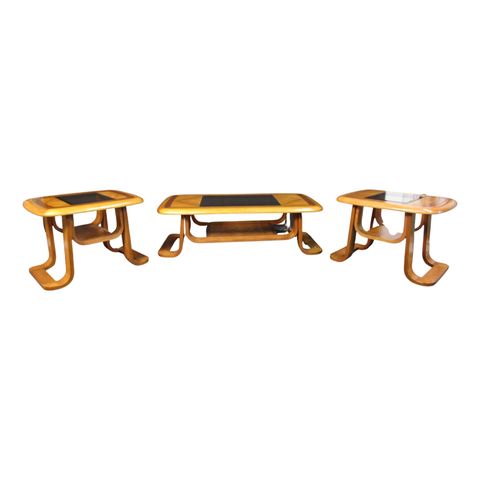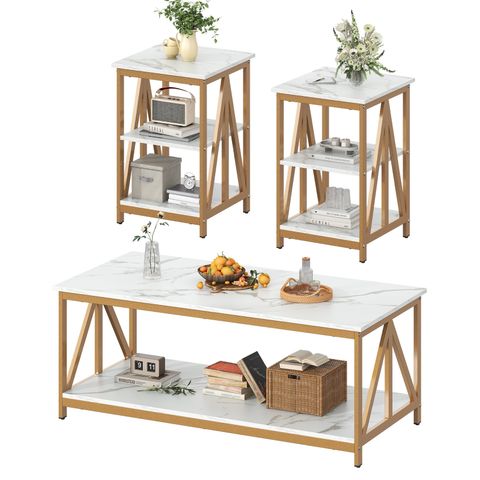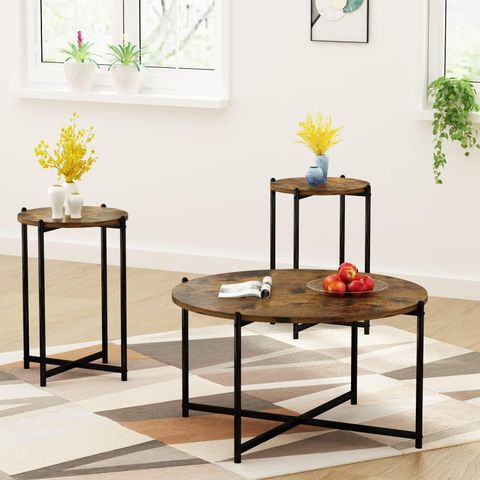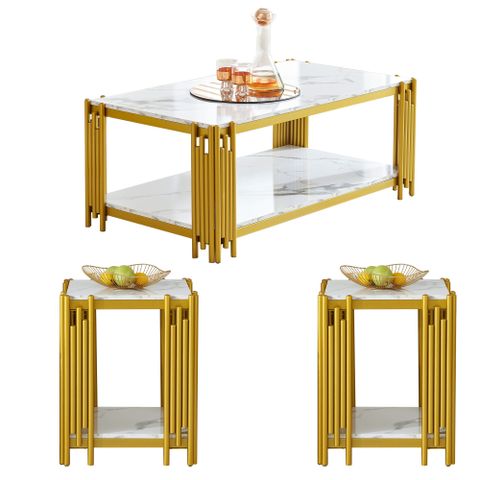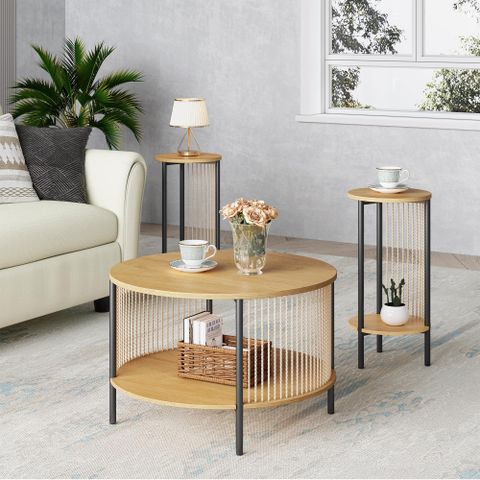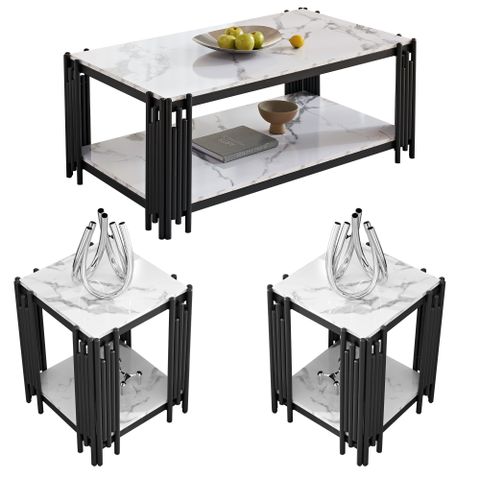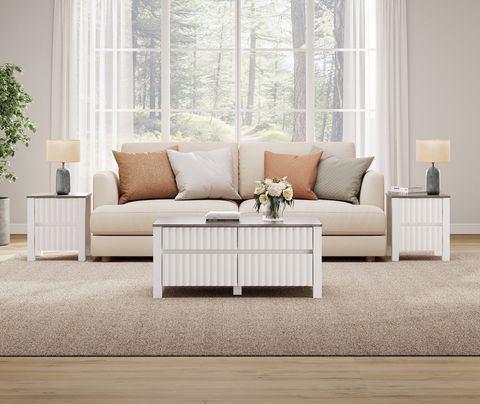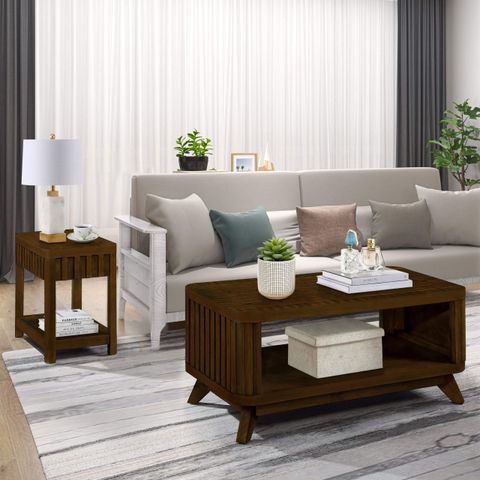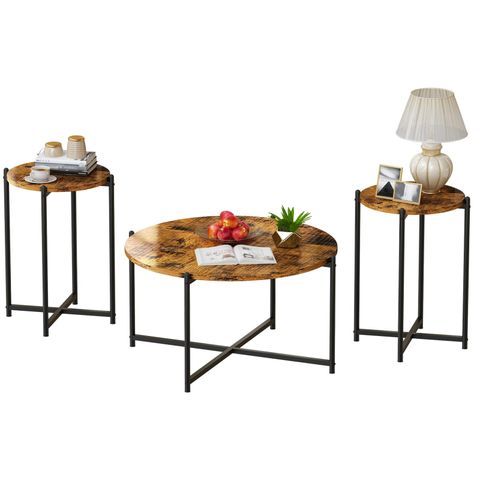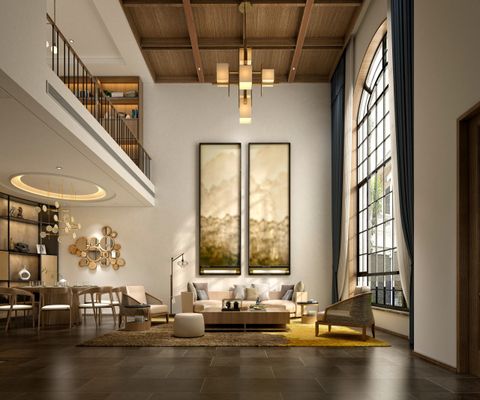You’ve seen them, haven’t you? Those sleek, sophisticated coffee tables that seem to anchor a living room with an understated elegance. Often, they’re made of teak, a wood that carries with it a reputation for durability and beauty. But what exactly goes into making a modern coffee table from this remarkable timber? It’s a fascinating blend of tradition, meticulous technique, and a deep understanding of the material itself. Let’s pull back the curtain and explore the genuine craft that transforms a humble teak log into a piece of functional art you’ll cherish for years.
Teak. The name itself conjures images of luxury, resilience, and natural splendor. When this magnificent wood finds its way into contemporary furniture design, particularly in the form of coffee tables, something truly special happens. These aren’t just surfaces to rest your drinks or magazines on; they are statements of style and testaments to skilled hands. But what makes a modern teak coffee table stand out? It’s a fusion of the wood’s inherent qualities with design philosophies that emphasize clean lines, functionality, and a connection to nature. This journey into their creation will reveal why they’re an investment, not just a purchase.
Why Teak? The Wood’s Innate Qualities
Before we even talk about shaping it, let’s appreciate why teak is such a prized material for furniture. This tropical hardwood, native to South and Southeast Asia, is renowned for its incredible natural properties. Think of its impressive durability and resistance to decay and insects. This isn’t magic; it’s thanks to teak’s high oil content and dense grain. These natural oils act as a protective barrier, making it remarkably resilient to moisture and temperature changes. This means a teak coffee table, when properly cared for, can withstand the rigors of daily life and even outdoor conditions, although we’re focusing on indoor pieces here. Its rich, golden-brown color and beautiful grain patterns also give it an inherent aesthetic appeal that designers love to showcase. It’s a material that practically whispers quality.
The Design Philosophy: Modernism Meets Natural Beauty
Modern design, at its heart, is about simplicity, functionality, and clean aesthetics. When applied to teak coffee tables, this translates into forms that are often minimalist, geometric, and uncluttered. You’ll see a lot of straight lines, sharp angles, and understated curves. The focus is usually on letting the natural beauty of the teak take center stage. Instead of ornate carvings or elaborate details, modern designs highlight the wood’s grain, its color variations, and its smooth texture. Think of a low-profile rectangular table with a simple, sturdy base, or perhaps a round table with elegantly tapered legs. The goal is to create a piece that complements the living space without overpowering it, offering a sense of calm and sophistication. It’s about making a statement through restraint and the inherent elegance of the material.
From Log to Tabletop: The Milling and Preparation
The journey begins with selecting the right timber. Skilled craftspeople carefully choose teak logs, often prioritizing older trees for their richer color and more developed grain. The logs are then meticulously milled into usable lumber. This isn’t a rushed process. The wood needs to be seasoned, or dried, properly to prevent warping or cracking later on. This can take months, sometimes even years, allowing moisture content to stabilize. Once dried, the timber is cut into planks and prepared for assembly. Depending on the design, this might involve selecting planks with particularly striking grain patterns to create a visually appealing tabletop. This careful preparation is crucial; it’s the foundation for a long-lasting piece.
Joinery and Assembly: The Art of Connection
This is where the true skill of the woodworker shines. Modern teak coffee tables often employ sophisticated joinery techniques to ensure both strength and a seamless appearance. You won’t find many nails or obvious screws in high-quality pieces. Instead, you might see:
- Dovetail Joints: Interlocking shapes that create incredibly strong and visually appealing connections, often used in drawers or where pieces meet at right angles.
- Mortise and Tenon Joints: A peg-like piece (tenon) fits snugly into a corresponding hole (mortise), providing robust structural integrity, commonly used for legs and frames.
- Biscuit Joints or Dowels: These are used to align and strengthen joints, especially in tabletops or where panels are joined, often hidden from view.
The aim is to create a solid, stable structure where the beauty of the wood is uninterrupted by visible fasteners. Each joint is precisely cut and fitted, a testament to patience and precision. It’s about making sure the table not only looks good but can also stand the test of time and use.
Shaping and Finishing: Bringing Form and Protection
Once the basic structure is assembled, the real artistry in shaping and finishing begins. For modern designs, this often involves careful sanding to achieve a perfectly smooth surface that invites touch. Edges might be slightly beveled or rounded to soften the look and prevent chipping. The finishing process is critical. While some prefer to let teak age naturally to a silvery-gray patina, many modern tables are finished to enhance and protect the wood’s natural luster. This might involve applying clear oils or lacquers that seal the wood, protect it from stains and moisture, and bring out the rich golden tones and intricate grain patterns. Multiple coats are often applied and sanded between each layer to achieve a flawless, satiny finish. This meticulous attention to detail ensures the table not only looks stunning but is also protected for everyday living.
The Human Touch: Beyond the Machine
While modern woodworking tools are incredibly sophisticated, the creation of a truly exceptional teak coffee table still relies heavily on the human touch. It’s the experienced eye that selects the best wood, the steady hand that guides the cutting tools, and the patient craftsman who inspects every joint and every surface. There’s a rhythm to woodworking, a deep understanding of how the material will respond. This isn’t mass production; it’s a thoughtful process. Even with CNC machines assisting in some cuts, the final shaping, sanding, and finishing often involve a skilled artisan. This personal investment is what imbues the furniture with character and soul, making each piece unique. You’re not just buying a table; you’re acquiring a piece of craftsmanship, a story told through wood and skill.
So, the next time you admire a modern teak coffee table, take a moment to appreciate the intricate journey it took to reach you. From the careful selection of the resilient teak wood to the precision joinery and the final, loving finish, each step is a testament to enduring craftsmanship. These tables are more than just furniture; they are functional sculptures, designed to bring warmth, elegance, and lasting quality into your home. They represent a wise choice for anyone who values both aesthetic appeal and the peace of mind that comes with owning something built to last, something that truly embodies the spirit of modern design and the timeless allure of nature’s finest materials.

